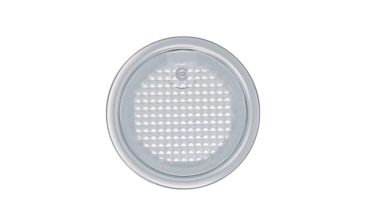Measuring Tape Buyers Guide

Any old measuring tape will get the job done for the casual DIYer. For a professional or a dedicated home improvement enthusiast, there is a need for accuracy, which means you need to invest in a high-quality measuring tape you can rely on. Consider the type of tape measure you need, the level of accuracy you require, your budget, and the tape material most appropriate for the environment you operate in.
Accuracy
There are four accuracy standards when it comes to measuring tapes. The average measuring tape at the shop down the street is generally unclassified, meaning its accuracy has yet to be tested. That doesn’t mean it’s inaccurate; it cannot be guaranteed. The remaining three standards are Class I, II and III.
Class III measuring tapes are becoming a rarity because most manufacturers are improving their standards to achieve level II. Class II is the most commonly found measuring tape. All of the major brands are typically Class II. The most accurate measuring tapes on the market are Class I.
Size & Material
Size is typically down to preference – some prefer a narrow blade, but others prefer the benefits of a wider tape. A larger tape is a good choice if you work on a site where accidents are likely. A larger tape is also more useful if you often measure great distances. But in a workshop setting, a narrow blade can make life simpler.
The most commonly used measuring tape material is steel. It offers good value and strength, so it’s the standard. The quality of the material, however, varies depending on how much you spend. There are different widths and thicknesses, and some come with protective coatings. Some measuring tapes employ stainless steel, which is more resistant to corrosion if you work around water.
There is also fibreglass, which is resistant to heat, stretch, and water. That makes it an excellent choice for a variety of environments. However, debris can cause serious damage to the inner mechanisms and blade markings, which will severely shorten its life. Therefore, if you spend more to buy fibreglass, your care routine must be top-notch.
The Hook
Not all hooks are made equally – every measuring tape features a hook at the end of the tape blade. It self-adjusts to compensate for the measurement. A cheaper tape will have a small hook to hook on the top of an object. High-quality tapes have multi-directional hooks so you can hook your tape from the side, below or on top. If you work alone, then you need the flexibility of a higher-quality measuring tape.
Units of Measurement
Whether you prefer imperial or metric, there is more to the units of measurement than this. How are the measurements displayed? Some will mark metres at the top and centimetres at the bottom. While others will mark in multiples for distance measurements. So, consider what type of work you do and what markings would be most appropriate for the tasks you carry out.
You can also choose from a range of case designs, which is generally down to preference. An open frame is easy to clean, making it a popular choice for those who work in muddy environments, but a closed case is ideal if you need to slip it into a glovebox or briefcase.





